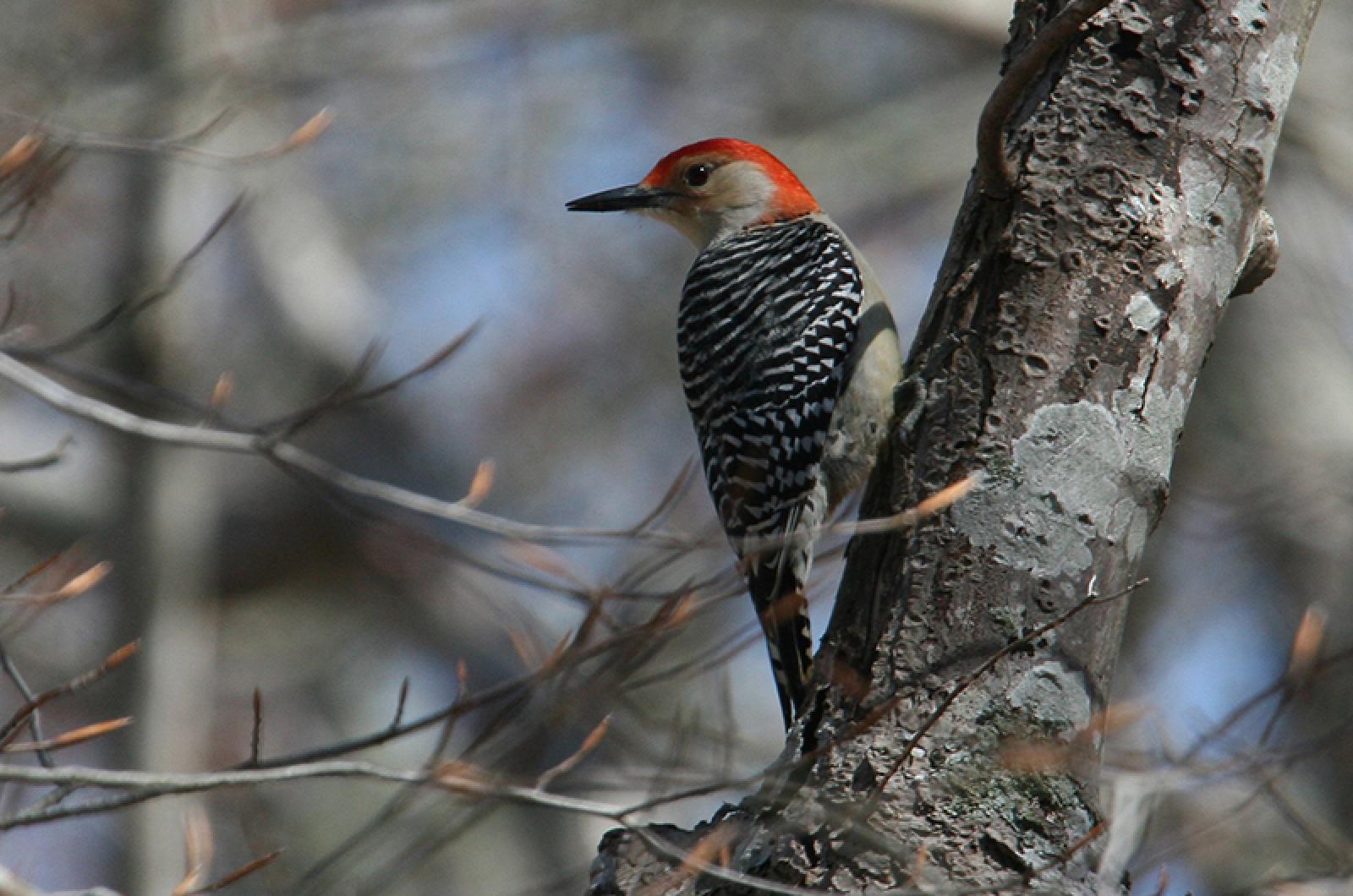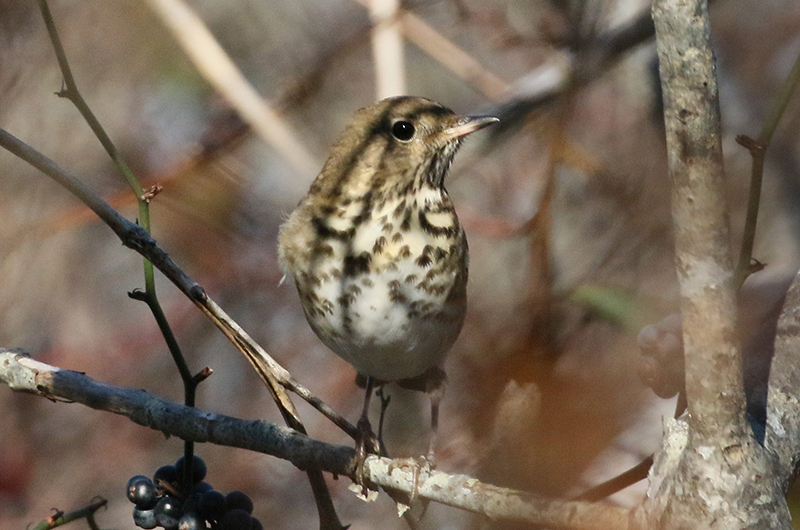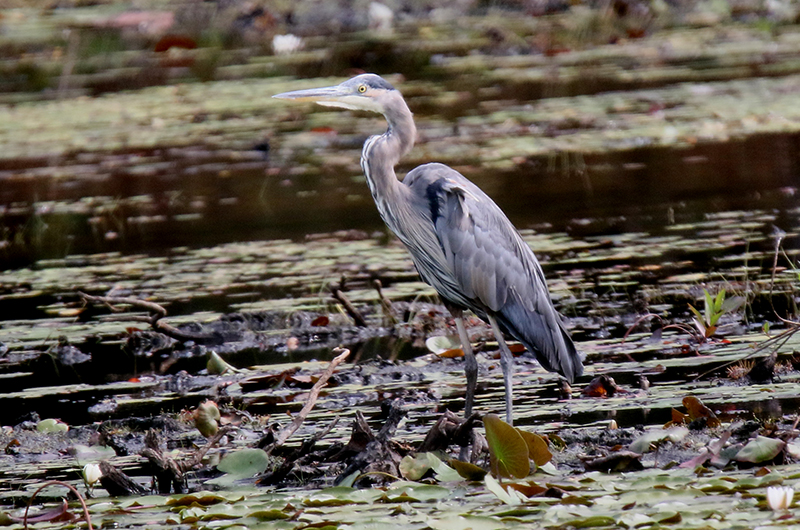The “damndemic” as I call the Covid-19 pandemic has created an incredible uptick in bird watching. It is a treat to be able to do something with other people that is relatively safe. The routine is as follows: 1) make a birding date 2) determine time and place to meet 3) everyone drives their own vehicles 4) everyone wears masks when with six feet of each other or all the time (personal choice) 5) no sharing of binoculars or spotting scopes.
So make a date and enjoy!
This growth in birding has increased the use of Facebook and twitter to post bird sightings and questions about the identities of birds seen. Those of us who have birded for a long time try to answer ID questions and pass the queries to other bird watchers. We try our best to help birding newbies.
Recently, I arranged for a long overdue haircut—only two in the saloon and all with masks. The hairdresser knowing I am a bird freak asked me why a large number of “dirty” goldfinches were taking over his feeders and picking up all the seeds which had escaped the feeder to land on the ground below. I giggled a bit and explained that what he was seeing was not “dirty” goldfinches but pine siskins. Kind of a cool description.
Later in the week my neighbors up the road reported having four sparrow sized birds foraging under their feeder which had white wing bars, heavily streaked breasts, short stubby tails, thin pointed bills and a “Harris tweed” back. Their first impression without my coaching was female red-winged blackbirds. I suggested that they look at pine siskins in a bird book and get back to me. Bingo-another bird ID puzzle solved.
Both of the above descriptions were sufficient for an ID. The second one is the type favored by bird ID helpers. The more extensive field mark descriptions given the easier the ID. That is unless a relatively close up photo is available. Zoom your cell phone or better yet, break out your camera. So get outside and enjoy finding and identifying new feathered friends. And if the weather is inclement, fill up your feeders and bird baths and practice your ID and descriptive skills.
Bird sightings
On Nov. 17 I had a quick visit of a Nashville warbler in my bird bath. On Nov. 18 Bob Shriber counted six dunlin at Black Point Pond. Thaw Malin had a brown creeper at his home in West Tisbury, Beth Biros had an evening grosbeak at her Chappaquiddick feeder and the duo of Gus Ben David and Dick Jennings were discussing bald eagles when low and behold a first-year bald eagle flew into Gus’s yard. Later on, the two men watched a merlin chasing Gus’s pigeons and who knows if that falcon caught one as the pigeons flew sky high. A flock of cedar waxwings flew over and a leucistic song sparrow has been in Gus’ yard on and off for a few days.
On Nov. 19, a pine warbler was pecking at insects that were around my tray feeder. On Nov. 20, Olsen Houghton spotted a ruddy turnstone in Tisbury. Gus Ben David’s snow geese continue to be seen at the regional high school—this time by Jan Rand. Lanny McDowell had yet another hermit thrush in his Lambert’s Cove yard. I had an eastern bluebird enjoying my bird bath.
On Nov. 21, I joined Allan Keith and Geoff Muldaur at Black Point Pond and had two lesser black-backed gulls, 100 black ducks, 16 American wigeon, 14 green-winged teal, 20 hooded mergansers and 22 white-winged scoters. Bob Shriber had a brown thrasher on Lighthouse Road, Thaw Malin had a yellow-bellied sapsucker on Skiff Lane in West Tisbury, and I had a female purple finch at my Quenames feeder.
On Nov. 22, Jeff Bernier photographed a male northern harrier at the Farm Institute and 25 snow buntings on the Norton Point beach. Rachael and Mack Kristoffer had a Baltimore oriole near the Beach Plum Inn in Chilmark. Megan Sargent had two pair of evening grosbeaks feeding on the seed she puts on her porch railing.
A motly crew consisting of Robert Culbert, Geoff Muldaur, Bob Shriber, Lanny McDowell and yours truly birded around the Quansoo Farm side of Black Point Pond and counted 18 gadwall, nine great blue herons, and 4 pintails. We moved to Town Cove on Tisbury Great Pond and added a greater yellowlegs, a killdeer, a belted kingfisher, three eastern bluebirds, six pintails in flight (thanks to Lanny’s quick draw with his camera), 75 green-winged teal, four gadwalls and two American wigeon in flight. Earlier in the day, Geoff Muldaur spotted a belted kingfisher at Hariph’s Creek Bridge and again in the same spot on Nov. 23. Myron Garfinkle had a flock of dark-eyed juncos at his Tisbury yard. And finally, Peter Enrick had a golden-crowed kinglet in the Middle Line Woods.
Bob Shriber was birding at Pilot’s Landing in Aquinnah on Nov. 23 and had a surprise. Sitting on the rock next to one that had both greater and double crested cormorants was a river otter. Checking with Luanne Johnson I discovered that “they spend a lot of time in nearshore waters hunting small lobster, wrasse and blue claw crabs.”
Other birds Bob spotted were a purple sandpiper, two harlequin ducks and a long-tailed duck.
Susan B. Whiting (Soo) is the co-author of Vineyard Birds 1 and 2 and was the columnist for All Outdoors and the Bird News for 30 odd years.










Comments
Comment policy »